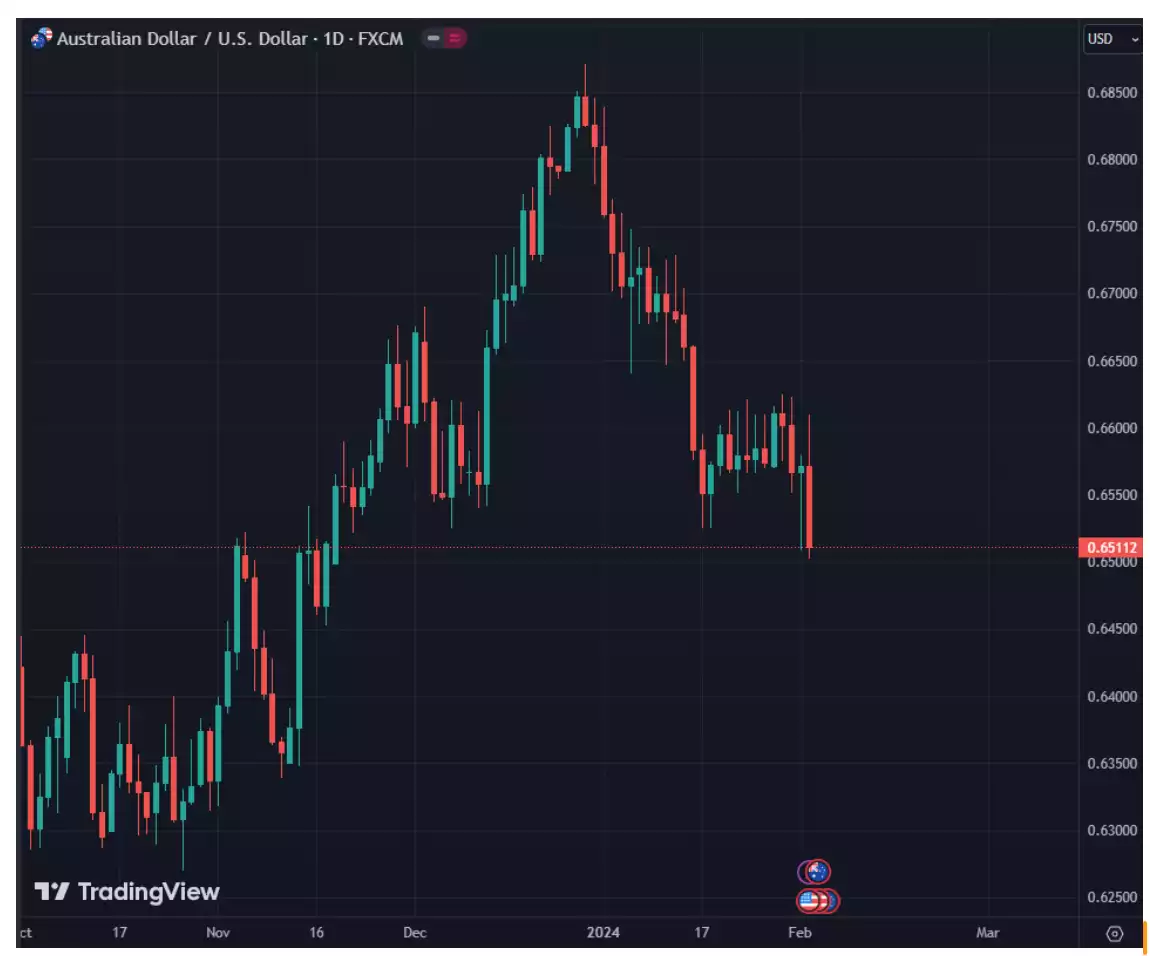Blowout U.S. Jobs Report. Cuts Delayed?
News
|
Posted 05/02/2024
|
1804
The recent job report for January 2024 showed a surprisingly positive outcome for the U.S. economy. Around 353,000 jobs were added, which is almost double what experts expected (180,000). This was the most significant increase in a year and is similar to January 2023, which also greatly surpassed expectations. This trend of exceeding expectations in job additions has been happening for nine out of the last 12 months.
Most of the new jobs came from service-related roles, making up 91.2% of the total private sector job growth. Retail and manufacturing also experienced accelerated growth.
The report suggests good news for consumer spending and cools off predictions of an upcoming recession. However, it could lead to higher bond yields, and it has already led to reduced expectations of a Federal Reserve rate cut. Some analysts now anticipate the Fed's first rate cut in the May-June 2024 window.
Wage growth was a standout, with average hourly earnings increasing by 0.6% from December and 4.5% year-on-year, the highest annual growth since September. This strong wage growth is another factor that could likely delay the Fed’s rate cuts.
The good news for America boosted the U.S. Dollar in a direct manner, since it shows U.S. strength. It also boosted USD indirectly, since delaying rate cuts would mean a tighter money supply. This caused a relative drop in the Aussie Dollar:

-AUD/USD hit hard
For those invested in gold to escape AUD devaluation, the trade worked out very well. Gold, in AUD terms, has started to reapproach its all-time-high:

-Gold/AUD reapproaches its all-time-high
The U.S. data was not all good news. Despite the positive U.S. job numbers, employers reduced regular work hours and overtime in response to the increased wages. The "real" unemployment rate, which includes those marginally attached to the workforce, rose to 7.2%, and the number of U.S. employees working part-time for economic reasons reached 4.37 million, the highest since June 2021. This shows that the workforce is being spread thin. People having to work two part-time jobs to support themselves through rising debts is not good news.
In other economic news, factory orders cooled down as expected in December, with a 0.2% increase compared to the previous 2.6%. New orders for core capital goods, considered a gauge of business capex plans, were revised lower to 0.2% from 0.3%. The University of Michigan also slightly revised upward its final take on January consumer sentiment to an even 79 from the previously stated 78.8.
The S&P 500 has been continuously pushing higher, but can it keep going? Tech companies have been responsible for about 70 percent of the S&P 500's gains last year. Roughly 75 percent of the S&P 500's constituents performed badly last year, which means tech companies are carrying the index.
Perhaps the carefully crafted jobs reports and focus on one U.S. index is giving the Fed what it needs to hold rates painfully high. It's almost as if they would like to see a crash.